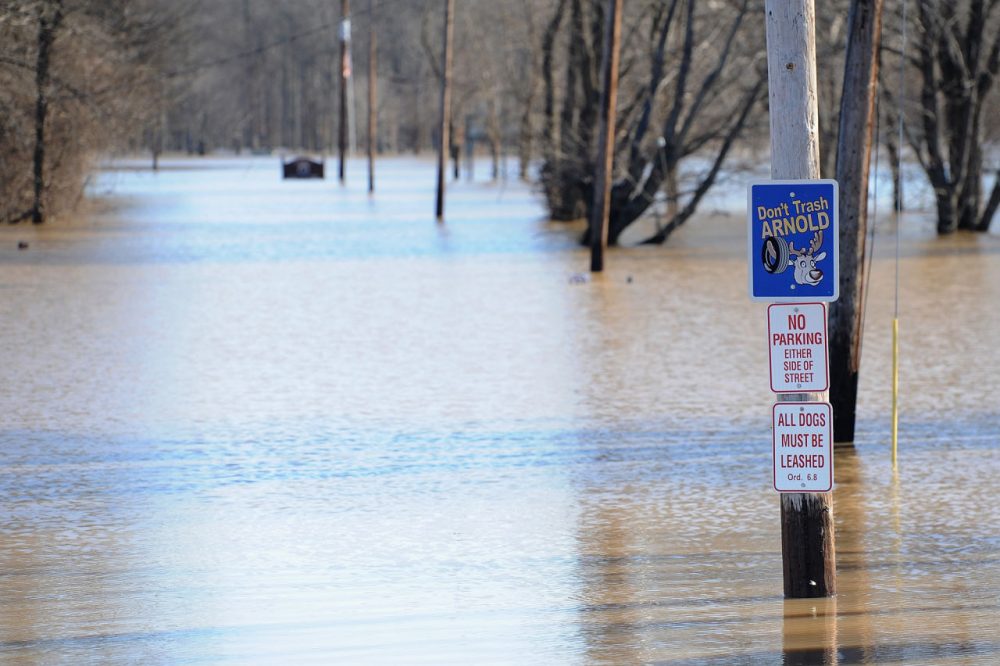Advertisement
Rising Mississippi River Threatens Southern States
Resume
Communities and towns along the southern part of the Mississippi River are bracing for dangerous conditions as water levels in states including Tennessee, Arkansas, Mississippi and Louisiana are predicted to surge to flood level.
Meanwhile, President Obama declared a federal emergency for Missouri on Saturday, as the state and southern Illinois assess the damage and destruction caused by fast-rising floodwater. Rivers, including the Mississippi, topped levees. At least 25 people have been killed.
John Barry is a historian who has often written about flooding. He tells Here & Now's Robin Young about the historical context of the current floods and whether communities are protected by their levy systems.
- U.S. Army Corps of Engineers: Water Levels of Rivers and Lakes
- Related: John Barry on New Orleans, 10 years after Katrina
Interview Highlights
On what this season's floods look like in context
"I don't know of another time when this early, the river has been this high. 1927 - the year that I wrote about - that was the greatest flood on record. It was probably bigger than 2011, and of course protection system was much weaker. That flooded probably 1 percent of the entire population of the United States. It killed people from Virginia to Oklahoma. And in 1926, there was a pronounced El Niño year. Now we are going through a record or near-record El Niño year from last year, and even earlier we have flooding."
"The real question in terms of whether this becomes a threat even greater than 2011 is what's going to happen in the future in terms of later rains. We have ground that is already saturated, we have a river that even after the crest passes it will still be pretty high, which means that sort of natural reservoir that the river banks themselves provide will be full, so if you get any substantial rains the rest of the spring, then you're gonna have months of real concern and threat. Fortunately the long-range weather forecast over the next few months is actually relatively dry, but if that's a mistake then it will be a very serious spring."
On what makes a good levee system
"When they designed the flood protection system, they used the standard of the '27 flood, which was the greatest flood in history. The corps of engineers at the time look at what was the worst possible case that they knew of on record, coming from each river basin, added them up, added a margin of safety on top of it, and built the river levees on the southern Mississippi. The upper Mississippi and its tributaries have a much lower standard, but on the lower river they built them against that worst possible scenario. More recently, for cost reasons, when they look at flooding they do a statistical analysis which they hope is accurate - and may or may not be - of what a hundred-year event would be and they design against that. That's what they did with the hurricane protection system."
On why flood protection requires constant vigilance
"When you have this enormous weight & force pressing against the levee... if there is a weakness, the river is going to find it and exploit it. So the inspections and action if there's a weakness found, that is a 24-hour-a-day operation for hundreds of miles."
Guest
- John Barry, historian and author of "Rising Tide: The Great Mississippi Flood Of 1927 And How It Changed America." He’s also a former member of the Southeast Louisiana Flood Protection Authority East and the Louisiana Coastal Protection and Restoration Authority. He tweets @johnmbarry.
This segment aired on January 4, 2016.